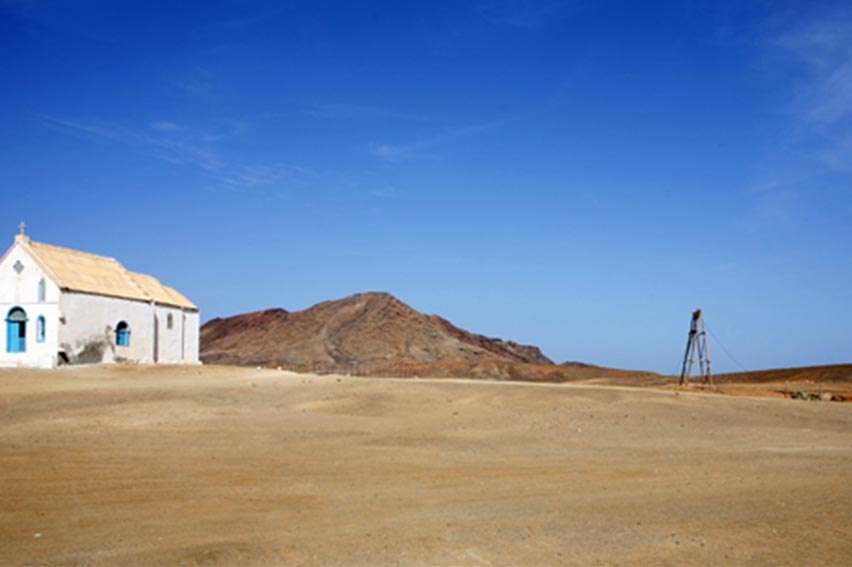




An azure blue Ocean, the golden and ashen beaches, a vast area of the volcanic and deserted landscape, the extraordinary dominant relief of the deep, emerald valleys, the characteristic melodies and dances, a climate blessed by the gods, a wealth of sun, the scarce rainfalls and the peaceful trade winds; this is the magical cocktail that keeps Cape Verde’s visitors under its spell.
This archipelago was discovered during the 15th century by the caravels of the Portuguese prince, Henry the Navigator. They made their new colony into the trade turntable with Africa, especially as far as slaves were concerned. In our day, the Cape Verde archipelago is an independent (1975) democratic republic in confluence with Africa and Europe.
Of the ten major islands, nine are inhabited. This archipelago is divided into Barlavento, or wind islands and Sotavento, or under the wind islands. Sal, Boavista, São Nicolau, Santa Luzia, São Vicente, and Santo Antao are the six wind islands; the under the wind islands are named Maio, Santiago, Fogo and Brava












In the beginning, the Portuguese baptized it as Llana, or Plana (flat), but the name Sal (salt island) has been used since the 16th century. Erosion transformed this island of volcanic origin into a deserted plain with an uppermost point of merely 400m above sea level. Its sand beaches are marvelous. Sal was practically uninhabited until the beginning of the 19th century. The rapid development brought on by the exploitation of salt launched its economic importance. Shortly preceding Second World War, Sal Island was endowed with an aviation field and Amilcar Cabral Airport became the first international airport of the archipelago.
The local population subsists mainly from fishing, the airport and the rising tourism.
The island’s touristic enticements are the temperate climate, the gleaming beaches, the wealth of underwater fauna and flora, as well as the numerous possibilities of practicing sports in the comfortable unpolluted waters.
There are three villages in Sal: Espargos, the administrative center; Palmeira, the port; Santa Maria, and its enormous sand beach. The excursions to Pedra de Lume (a salt mine within the crater of an inactive volcano), to Buracona (a natural pool in the rock of the coastal strip), or to Algodeiro (a coastal oasis) are major touristic attractions.
With its privileged location on the finest beach of Sal Island, and within walking distance from the village of Santa Maria, the hotel Morabeza is the perfect place to spend your holidays.



The Cape Verdeans are of a very hospitable nature. The spoken languages are Creole and/or Portuguese, but the great majority of the population understands French and English. The tourists go about in total safety and mingle freely with the residents. The Catholic religion is as prevalent in Cape Verde as it is in Portugal. Cape Verdean music and singers have conquered an international standing. Dance and music are the elementary basis of local folklore. The Cape Verdean people have a gift for the singing recitals called “toccatinas”. The village musicians, violinists, guitarists, percussion instrument players, and often some very striking voices, brilliantly interpret the sad “mornas”, the lively “coladeiras”, as well as the “batuque” rhythms, so representative of their African heredity.
Right in the heart of the Atlantic Ocean, at the level of Senegal and at the same latitude as the Antilles, the Cape Verdean archipelago is blessed with one of the most enjoyable climates. As a result of the trade winds, the scarce rain and an average temperature of 25 degrees, the weather is persistently nice.
The jetlag is barely noticeable:
3 hours in the summer and 2 hours in the winter compared to most European countries.
2 hours in the summer and 1 hour in the winter compared to Portugal or England.
Local time: GMT -1

